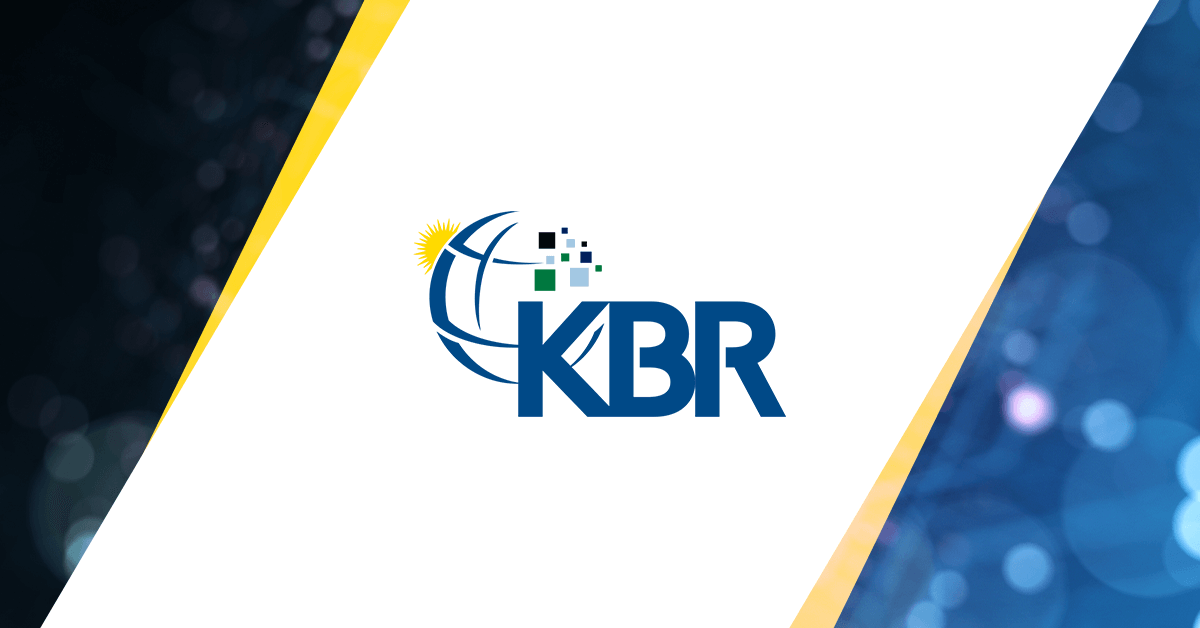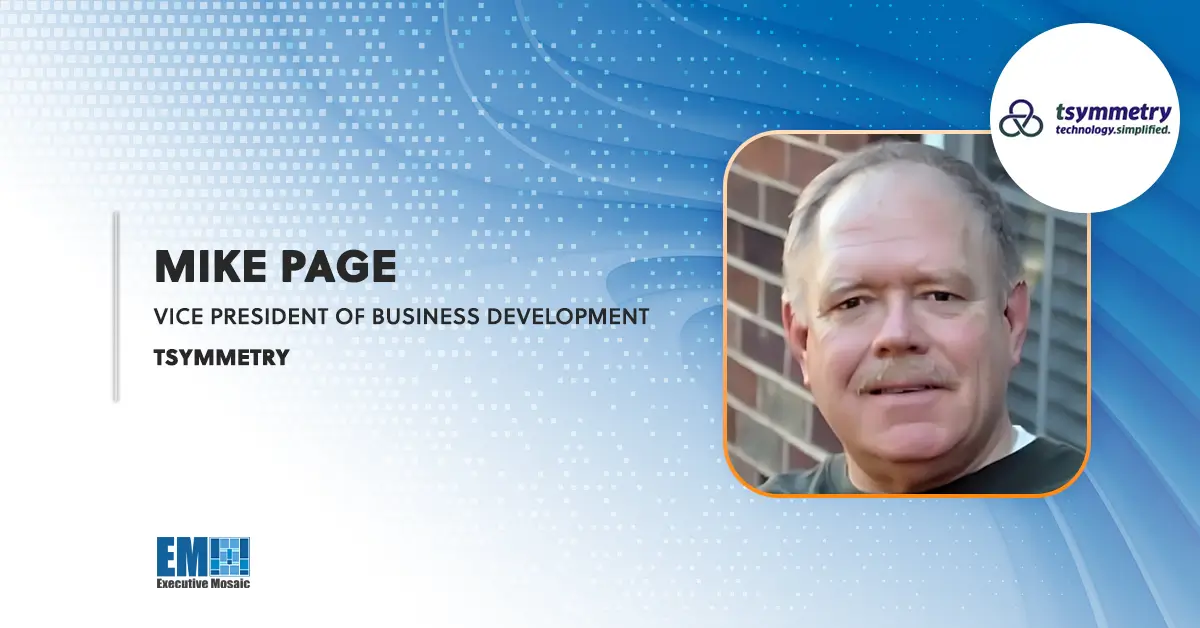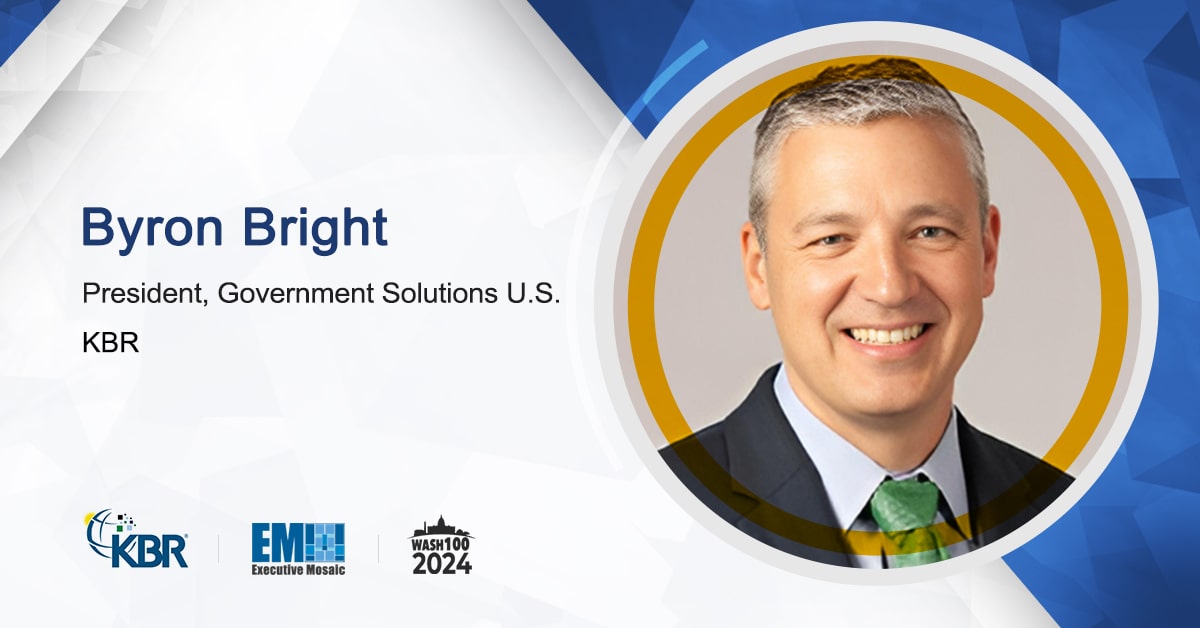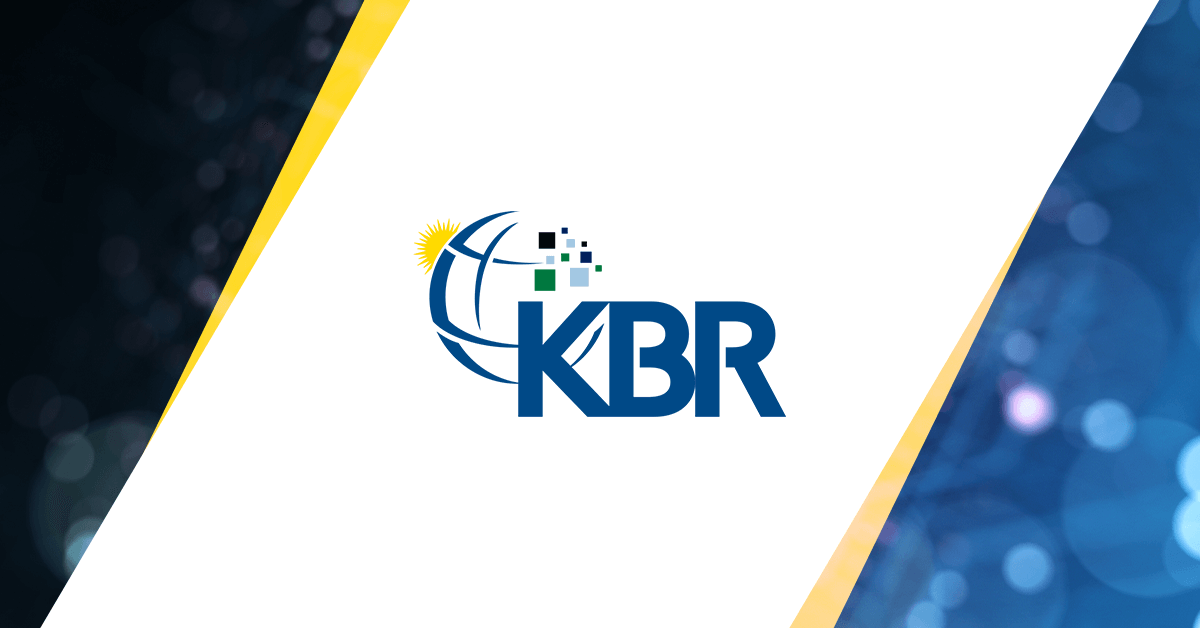KBR (NYSE: KBR) posted $1.6 billion in revenue during the fourth quarter of fiscal year 2022, up 23 percent from the prior-year period excluding the Operation Allies Welcome program, and reported full-year sales of $6.6 billion, reflecting a year-over-year growth of 9 percent on an ex-OAW basis.
The Houston-based engineering contractor said Thursday its bookings and options hit $1.5 billion during the quarter and $8.2 billion for the full-year ended Dec. 31, with an annual book-to-bill of 1.2x on a trailing 12-month basis.
New business awards during the quarter include two contracts worth $120 million combined to provide analytics, modeling, research, data management and integrated program management support for strategic space system acquisitions and a $157 million task order to provide capabilities assessment and enhancement support for the U.S. Army’s Utility Helicopter 60 variant fleet.
The company’s government solutions unit reported a backlog of $11.5 billion for the year ended Dec. 31, down 8.7 percent or $1.1 billion from the previous year due to delay in contract awards and negative exchange rate movement in the British pound.
For the quarter, KBR reported diluted earnings per share of $0.62, operating cash flows of $60 million and net income of $93 million.
“We saw organic revenue growth in line with our targets, but the real story was quality of earnings, outstanding operational performance leading to enhanced margins and cash conversion above expectations,” said Stuart Bradie, president and CEO of KBR.
“We also strengthened unique synergies across our business that enable us to seamlessly deploy our deep domain expertise and differentiated innovations and capabilities in key areas of global importance such as national security, energy security and transition, and space,” Bradie added.
Mark Sopp, executive vice president and chief financial officer of KBR, responded to an analyst’s question about the company’s government solutions business during the earnings call Thursday.
“When you look at the GS business, we’re right in line with the targets that we have had for some time, 5% to 8% were right there. And we’re comfortable with that. We have multiple path ways to get there. We cite, as Stuart mentioned, RDT&E is a great growth, military space and space superiority is doing well for us,” Sopp noted.






